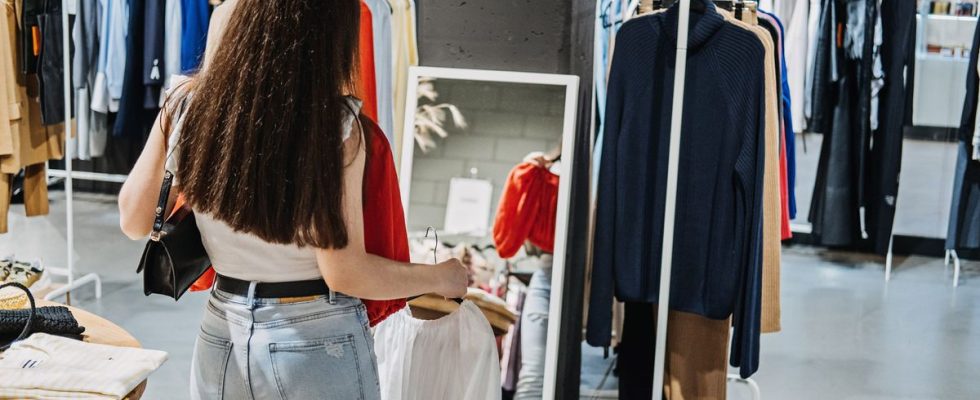Last November, as part of Black Friday, Vestiaire Collective announced its intention to ban fast fashion brands hitherto present on its platform. A real thunderclap that did not go unnoticed. All supported by hashtags that left no room for doubt about the declared war on fast fashion: #saynotofastfashion.
Fast fashion brands create their second-hand platforms
Shein, Asos, Boohoo, Missguided, Nasty Gal, Pretty Little Things, or even Topshop were among the first brands affected by this boycott. While some big fast fashion brands, like Zara and H&M, are still listed on the second-hand site today, that hasn’t stopped them from taking the lead and developing their own second-hand platform. A commitment to the planet, they explain, although some are already crying out for greenwashing. But it’s also a way to improve their image, and not to stay on the floor, because there’s no denying it: the second-hand market can pay off big.
As early as fall 2022, Zara announced the launch of its own second-hand platform, Pre-Owned. This allows the brand’s customers to sell and/or buy second-hand Zara products, even to give them away, and even to have them repaired. An initiative already accessible in the United Kingdom, which will subsequently be deployed in other countries. The ultra-fast fashion giant Shein has also sniffed out the right vein, and for its part launched Shein Exchange, a platform for the exchange and resale of second-hand items from the brand, for the moment only accessible in the USA. An announcement that did not fail to cringe as the brand is criticized for its practices, as for the quality of its clothes.
A responsible but also profitable approach
More recently, it was the Swedish brand H & M which entered the second-hand market, in association with the American specialist in the field, ThredUp. Here again, the objective is to have its own resale platform, initially in the United States, with the possibility of accessing second-hand clothes via the sites of the two fashion players. It would also be a question here of working in favor of the environment, and it must be recognized that H & M has been multiplying initiatives in this direction for several years now… The fact remains that second-hand goods remain a buoyant market, and a real financial windfall. for these actors.
At the beginning of 2022, a study conducted by the fintech company Tripartie estimated the second-hand market in France at 7 billion euros, all sectors combined, and at 86 billion euros in Europe, testifying to the interest consumers for this new use and to understand that of fashion brands. Globally, the second-hand fashion market was estimated at $36 billion in 2021, while forecasters expect it to double within five years to $77 billion. according to a report published by ThredUp.

